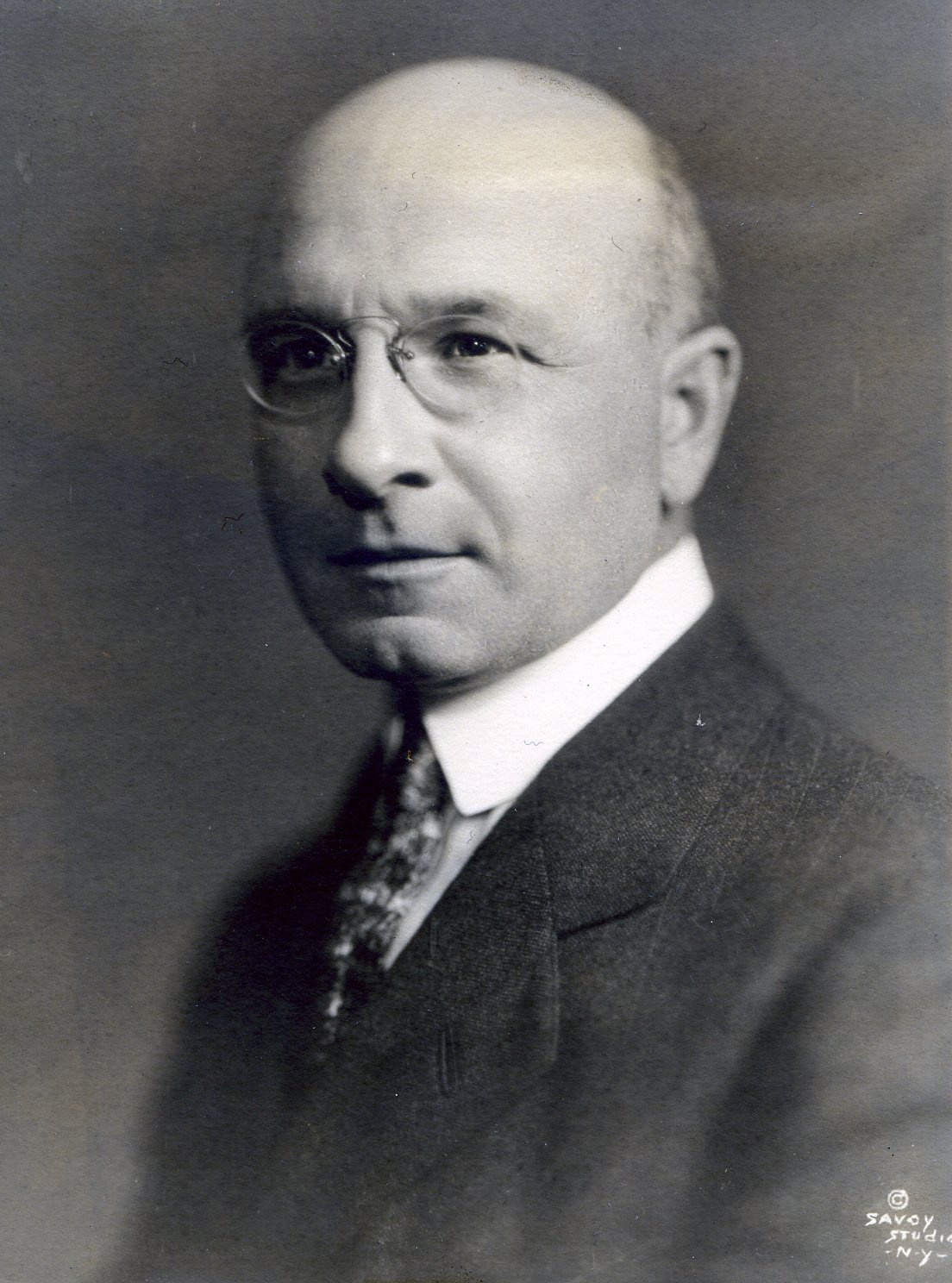Surgeon
Centurion, 1912–1944
Born 28 June 1873 in Sainte-Foy-lès-Lyon, Rhône, France
Died 5 November 1944 in Paris, France
Buried Île Saint-Gildas, Bretagne, France
Proposed by Arthur Train and Edward K. Dunham
Elected 2 March 1912 at age thirty-eight
Seconder of:
Century Memorials
Alexis Carrel. [Born] 1873. Physician, author. Born in France, coming to this country as a physician at the age of 31, he served on the staff of the Rockefeller Institute for Medical Research in this city for 33 years; his achievements included a method of suturing blood vessels, for which he received the Nobel Prize; recipient of many other honors; author of a widely read and much debated volume, “Man, the Unknown,” dedicated to three Centurions [Frederic R. Coudert, Cornelius C. Clifford and Boris A. Bakhmeteff]; returning to France in 1940, he died there shortly after the liberation of his country; ingenious and original in thought and speech, centre of a group at the Century dubbed “The Philosophers,” admired and commanding figure of the long table.
Geoffrey Parsons, Secretary
Annual Meeting Necrology, 11 January 1945
Carrel was a French surgeon and biologist. Born in Sainte-Foy-lès-Lyon, Carrel received his medical degree from Université de Lyon, and practiced in France and at the University of Chicago and the Rockefeller Institute. He collaborated with American physician Charles Claude Guthrie in work on vascular suture and the transplantation of blood vessels and organs. Capping off a year in which he was elected to the Century, Carrel was awarded the 1912 Nobel Prize in Physiology or Medicine for his work.
During World War I, Carrel and the English chemist Henry Drysdale Dakin developed the Carrel-Dakin method of treating wounds based on chlorine (Dakin’s solution). Preceding the development of antibiotics, this was a major medical advance in the care of traumatic wounds. For this, Carrel was awarded the Légion d’honneur.
In 1935, Carrel published a best-selling book titled L’Homme, cet inconnu (Man, The Unknown) which advocated, in part, that mankind could better itself by following the guidance of an elite group of intellectuals, and by implementing a regime of enforced eugenics. Carrel claimed the existence of a “hereditary biological aristocracy.” Four years later, Carrel published The Voyage to Lourdes, in which he defended the believers and the miracles that occurred there.
Carrel worked with Charles Lindbergh in the mid-1930s, and in 1938, the two co-authored a dense monograph entitled The Culture of Organs. They appeared on the cover of Time magazine together on June 13, 1938.
In 1941, he lobbied for the creation of the Fondation Française pour l’Étude des Problèmes Humains, which was created by decree of the Vichy regime in 1941. Carrel served as “regent.” It was given financial autonomy and a budget of forty million francs, a remarkable sum given the occupation. After the liberation of Paris, Carrel was suspended by the Minister of Health; he died in November 1944.
James Charlton
“Centurions on Stamps,” Part I (Exhibition, 2010)

